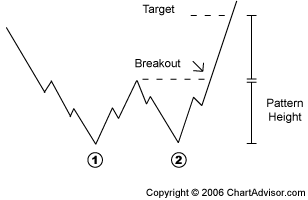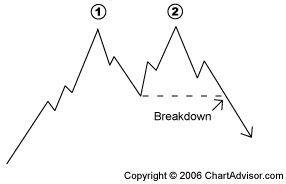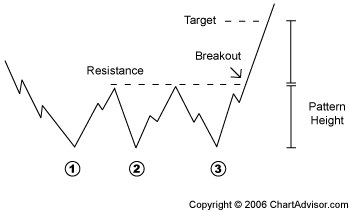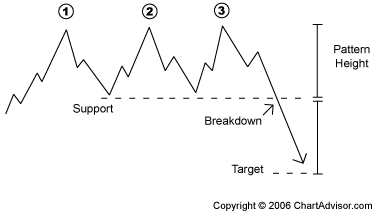Be frugal. Going to the movies, riding the bus, or even ordering pizza might cost less if you show your student I.D. Check travel fares for student discounts on bus and other commercial transit services as well as student discounts when you need to travel by air.
Stay financially secure by using caution.
Don't give anyone your Social Security, credit card, or bank account numbers unless you know why they need them.
Never give a pin number to anyone!
Review credit card statements, bank statements, phone bills, etc. for unauthorized use.
Avoid scholarship scams. Real scholarships never charge fees and application information is available and free to everyone.
Keep only one or two major credit cards and use it sparingly. Set your own credit line and don't charge more than you can comfortably repay. Just because you have a $2,000 credit line doesn't mean you have to spend $2,000.
Make a personal budget based on your savings and income. Round up your available cash including gift money (if you're a recent high school grad), scholarship money, student loans, summer job savings, and money from your parents. You may want to designate types of money for certain uses.
For instance: Think of student loans as an investment in your education and your future. Use student loan funds only to pay school expenses like tuition and books.
Use money from home for things like groceries and phone bills.
Give yourself an allowance. Track your spending to find where your money goes and then choose between your wants and real needs.
Budget for a month at a time but set aside some time to review your finances each week.
A budget is like a money diet. Just because you bust it today, doesn't mean you can't start if again tomorrow. If you go over budget this week, next week commit to staying under budget.
Build an emergency fund. Save change in a piggy bank or jar. Deposit $X.XX a week from paychecks in a savings account when you cash your check.
Get a money calendar. Any calendar with big windows with room to write in amounts will do. Use the calendar windows to note:
Due Dates for scholarship and grant applications. Keep applying for financial aid all the way through college. Missing an application deadline is the most common mistake students make when applying for scholarships.
Upcoming school expenses (books and tuition's).
Bill payment dates.
Upcoming activities where you'll need cash. (Movies, dances, parties, etc.
Make bill paying easier by filing your bills by due date.
Buy books when you need them. Compare online prices with those at campus bookstores. Buy used books when you can. Check bulletin boards and school newspapers as well as used bookstores and online used booksellers.
Put your roommate in your financial planning. If you can, contact your roommate before the semester starts and decide how you'll divide expenses.
Talk to your parents about who pays for what. Find out what you can count on from them and what you will be responsible for.
Ask for help when you need it. If you run into a financial disaster, call home and let your parents know you're in trouble. If an unexpected event changes your home financial situation, don't give up on school! First, talk with your financial aid office. Most colleges set aside funds to help students get through difficult situations.


















